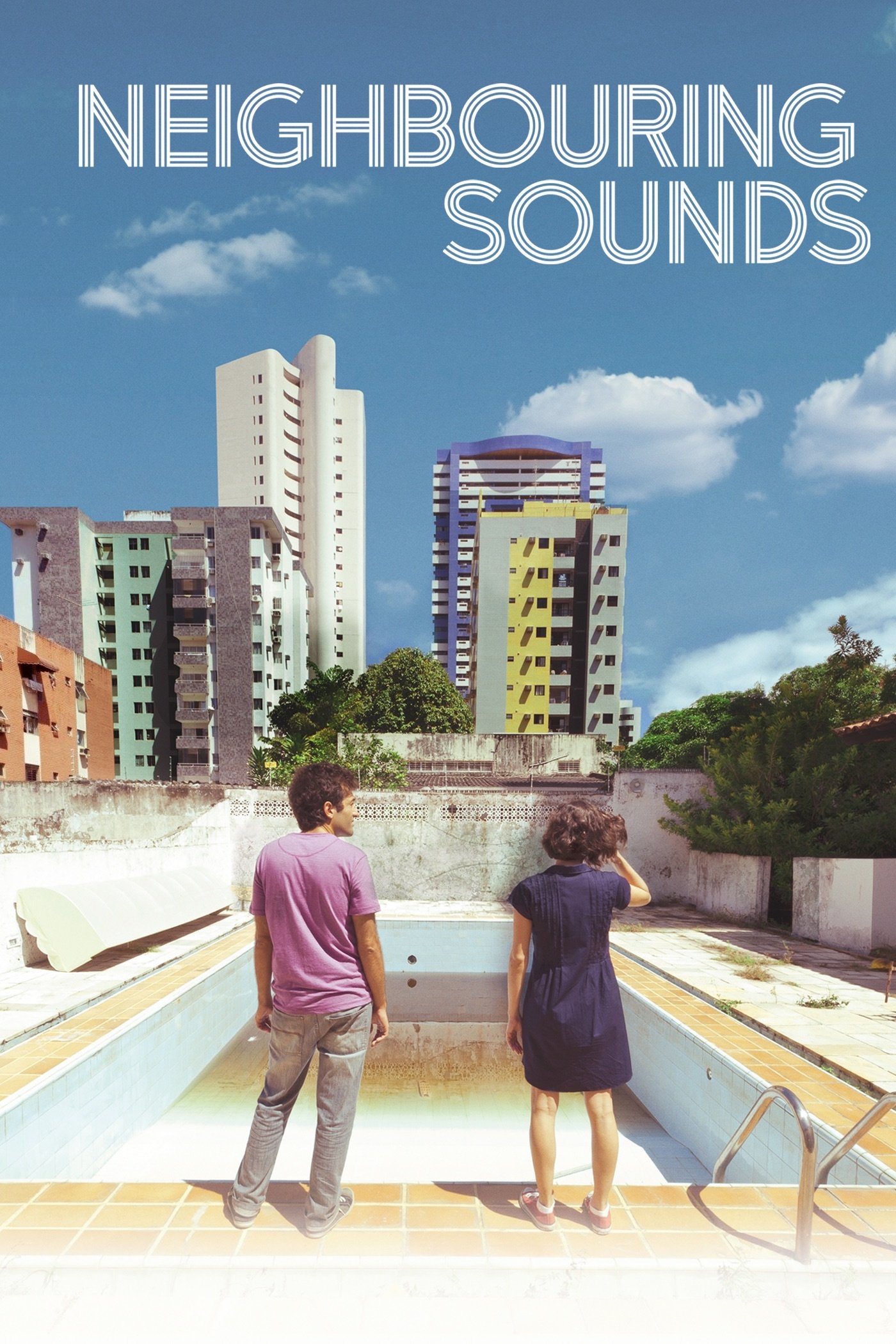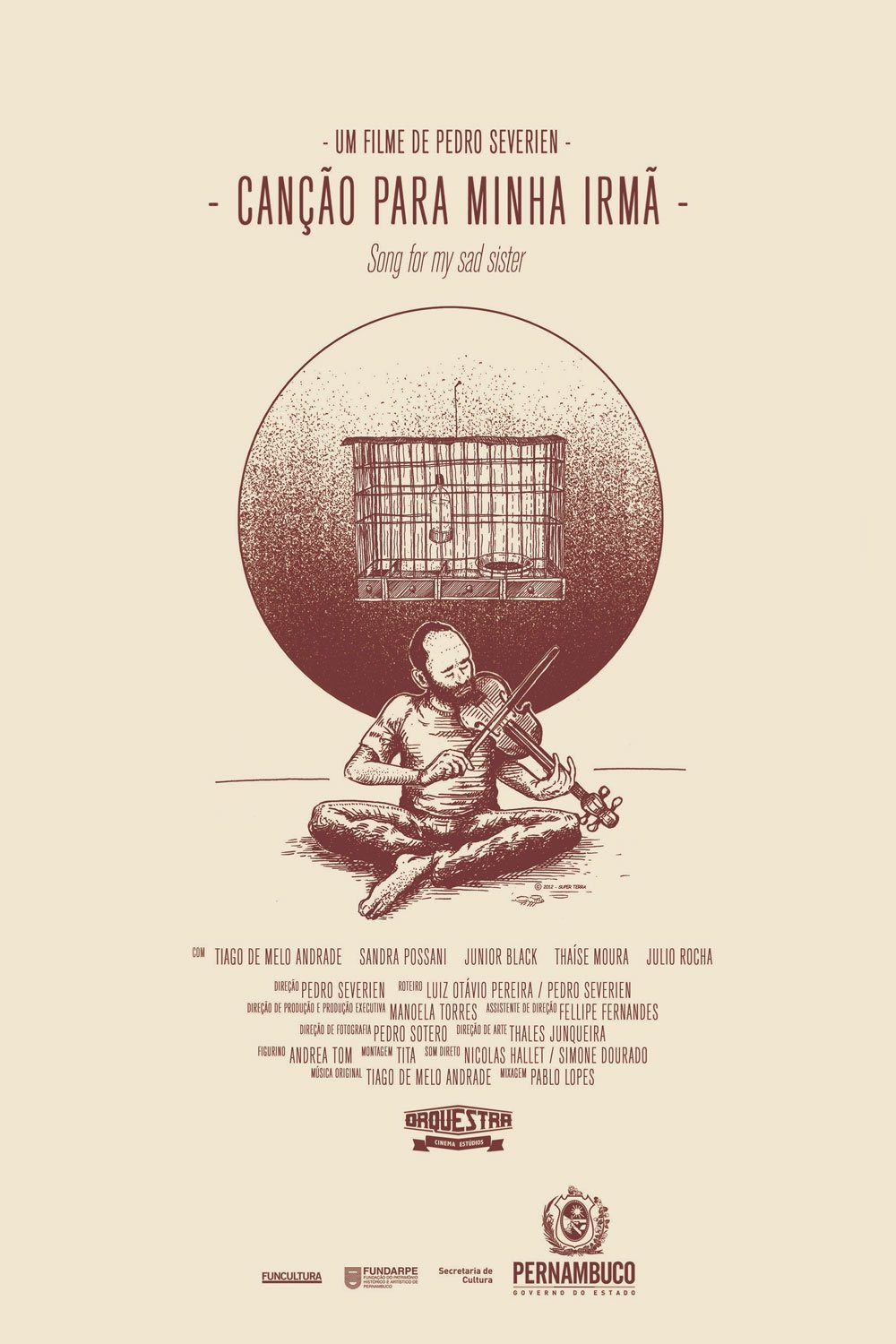


Iris lives alone in a spacious apartment by the sea. The green horizon seems to distance it from the city in comfortable isolation. At nightfall, the place hosts known and unknown in a frantic party flow. Iris is the main attraction. But on a hungover morning, she finds a corpse in the living room. As in the distorted reflection of a crooked mirror, Iris feels repeating steps of her childhood friend, Tiara, a medical student who had run over a guy at the exit of a nightclub. After the incident, Tiara plunges into a spiral of self-pity, sentimental emptying and violence. The case is well known in town and Iris does not want to become another ghost in this dark repertoire of stories. In All the colors of the night, reality works as a dimension of imagination, memory and madness.

An independent private security firm arrives at a middle-class neighborhood in Recife, Brazil.

Dirceu, 30 years old, has origins that go back to the aristocracy of Northeast Brazilian backlands. Settled in a kind of subjective amnesia, Dirceu tries to bury his family's past. He is a demolition man in Recife, an urban landscape undergoing an uncontrolled process of transformation. Maria shares the same country origins, but she uses the city for a different purpose. She is a carefree and joyful music student. If Dirceu aspires to a world that is stable and present, Maria lives in discord with the present. To her, nothing is as it should be. Maria's apparition unleashes in Dirceu an urge for being somebody else. On a route of escape through the desert of the backlands, a unique encounter is set to happen. Boa sorte, meu amor (Good luck, sweetheart) is an anti-romance of the impact between music and silence.


When they discover their town lacks funding for a sewage system, but does have a federal grant to make a movie, a group of villagers decide to make a sci-fi joint about a monster who lives in the building site of a septic tank.
By browsing this website, you accept our cookies policy.